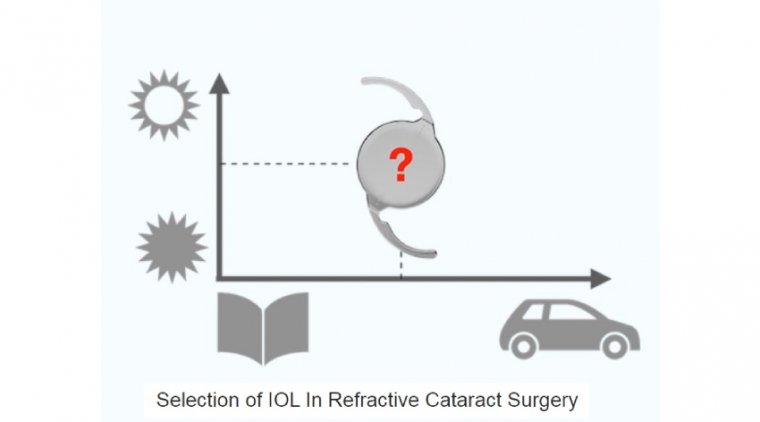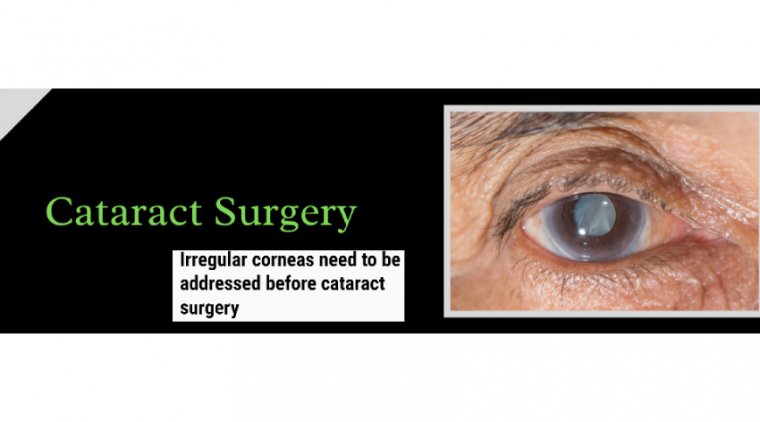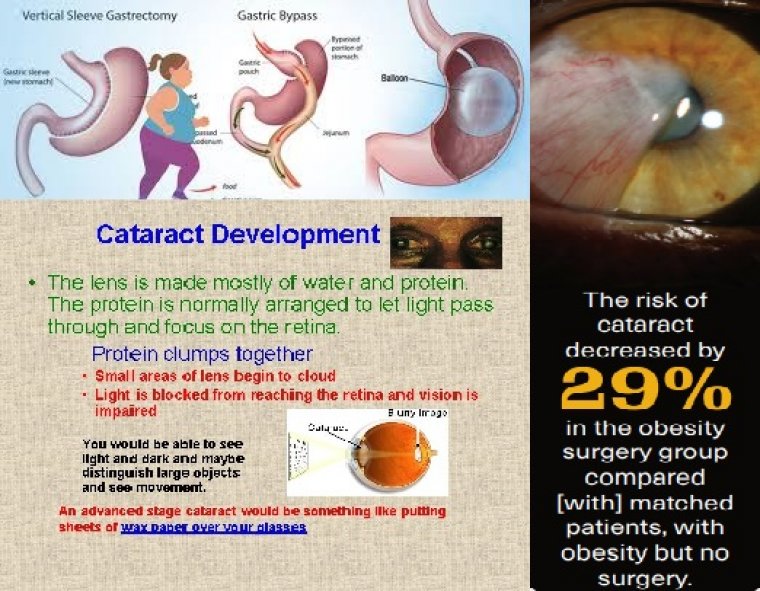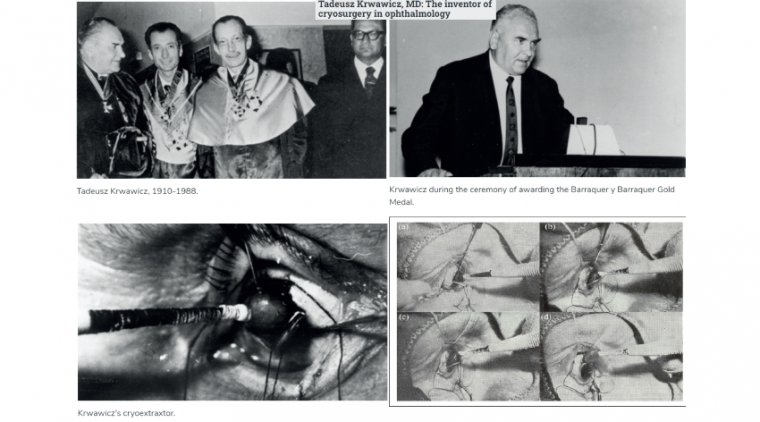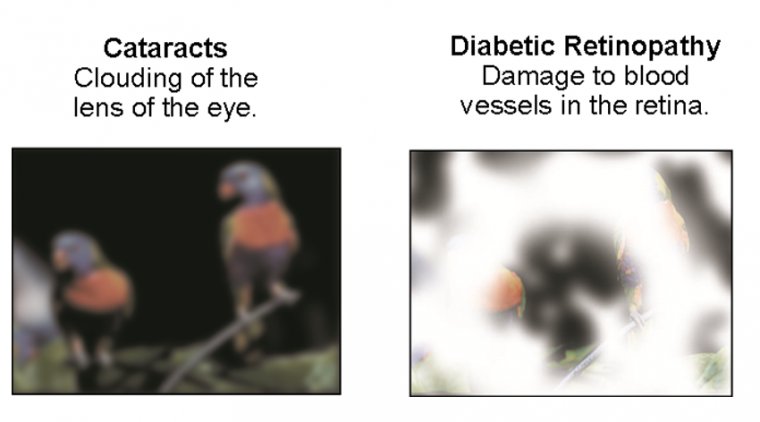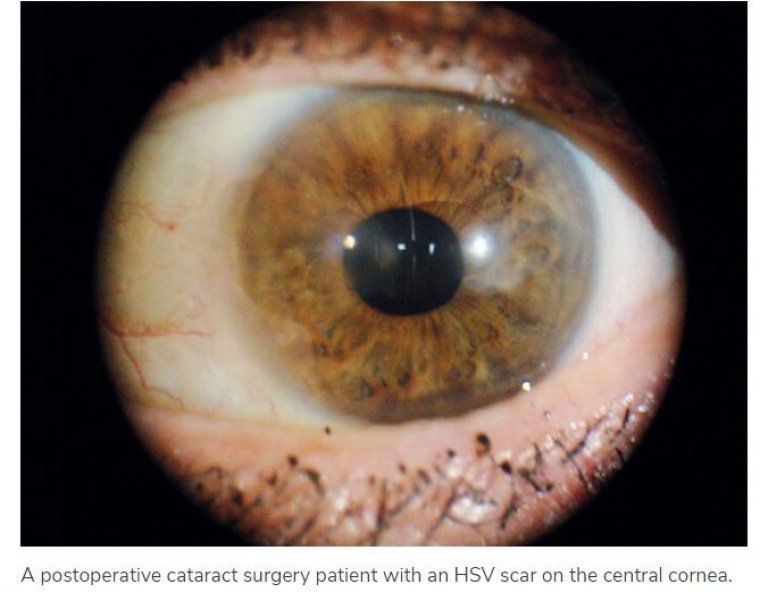
The Effectiveness of low-concentration nitrous oxide anesthesia in cataract surgery
Low-concentration N2O anesthesia may not cause respiratory depression, abnormal vital signs, or nausea in cataract surgery. It can suppress intraoperative anxiety and memory and decrease and stabilize vital signs.
Cataract surgery is an ophthalmic surgery typically performed under local anesthesia. Minimally invasive phacoemulsification is a widely performed surgery and uses topical or sub-Tenon’s anesthesia.
However, it is not possible to perform all surgeries using local anesthesia only, and it is not uncommon to experience challenges while performing the procedure under local anesthesia alone.
In 2007, Eke et al. reported that among 375,000 cataract surgeries in the United Kingdom, 4.1% were performed under general anesthesia, 92.0% were performed under local anesthesia only, and 3.9% combined local anesthesia and sedation.
Even if surgical pain can be eliminated to a certain degree by local anesthesia, difficulties such as patient anxiety still remain. It is common to administer analgesics or sedatives, mainly by injection, when patients complain of strong anxiety or pain during surgery and treatment.
However, studies with emergency physicians have reported serious complications, such as hypotension (systolic blood pressure [BPs] below 85) in 13/979 cases (1.3%) and hypoxia (oxygen saturation [SpO2] below 90%) in 14/979 cases (1.4%) caused by intravenous anesthetics.
Therefore, it is expected that ophthalmologists, who may not have much experience with general care, may have a difficult experience with such situations.
In addition, there are some reports that high self-efficacy is related to higher pain tolerance, and patients who feel strong anxiety may experience stronger subjective pain than other patients experiencing the same physical level of pain.
Although the clinical safety of N2O is well known, its usefulness and safety in combination with local anesthesia during surgery is beginning to be confirmed in dentistry, emergency medicine, and obstetrics and gynecology.
In addition, because its solubility in blood is low, effects on the brain appear rapidly (30−60 seconds), clearance from lungs after discontinuation occurs quickly, and anesthesia induction and awakening within a few minutes are possible.
Using a combination of N2O with local anesthesia has been thought to be useful in ophthalmic surgery.
Japanese physicians reported that the use of a low concentration of nitrous oxide anesthesia during cataract surgery, along with local anesthesia, did not result in respiratory depression, abnormal vital signs, or nausea.
This application may be useful to suppress intraoperative anxiety and memory and decrease and stabilize vital signs, according to first author Santaro Noguchi, MD, from the Department of Ophthalmology, Saneikai Tsukazaki Hospital, Himeji, Japan.
Patients were included who underwent bilateral cataract surgeries. The investigators reviewed the cases of 37 patients for whom room air inhalation (air group) was used and the cases of 45 patients for whom 30% low-concentration nitrous oxide anesthesia (70% oxygen, total 6 L/min) at the start of surgery (nitrous oxide group) was used.
The investigators monitored the systolic and diastolic blood pressure levels and heart rates at the beginning and end of surgery and the mean oxygen saturation (% SpO2) intraoperatively.
The patients completed a questionnaire immediately postoperatively regarding the intraoperative pain, anxiety, memory, and nausea measured using the Visual Analogue Scale.
Nitrous oxide effects
The investigators reported that no patients had systemic symptoms or ocular complications that required treatment.
All of the changes observed between the nitrous oxide and air groups reached significance. The respective changes in the blood pressures were −5.38 ± 11.07 and 1.27 ± 13.61 mmHg (p=0.01); the changes in heart rates were −2.24 ± 6.76 and 0.89 ± 5.18 beats/minute (p=0.001); the intraoperative SpO2 levels were 99.05% ± 0.74% and 97.44% ± 1.31% (p<0.001); the intraoperative anxiety levels were 21.76 ± 23.2 and 37.17 ± 32.79 (p=0.002); and the intraoperative memory values were 55.24 ± 36.8 and 68.91 ± 33.81 (p=0.01).
No nausea was experienced intraoperatively by any patients. No significant differences were seen in the diastolic blood pressures and degrees of intraoperative pain.
Based on these results, the authors concluded, “Low-concentration [nitrous oxide] anesthesia may not cause respiratory depression, abnormal vital signs, or nausea during cataract surgery. [Nitrous oxide] can suppress intraoperative anxiety and memory and decrease and stabilize vital signs.”




